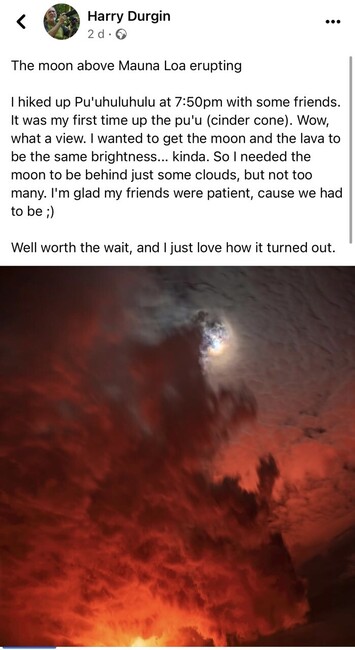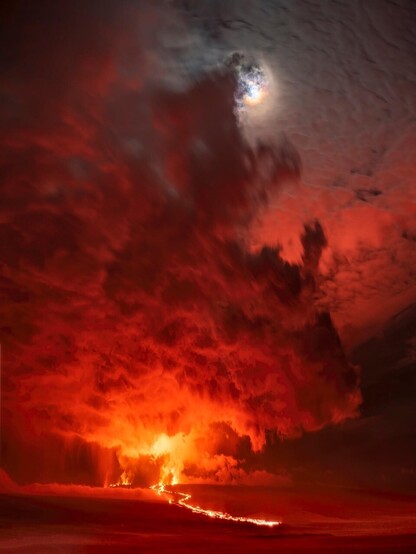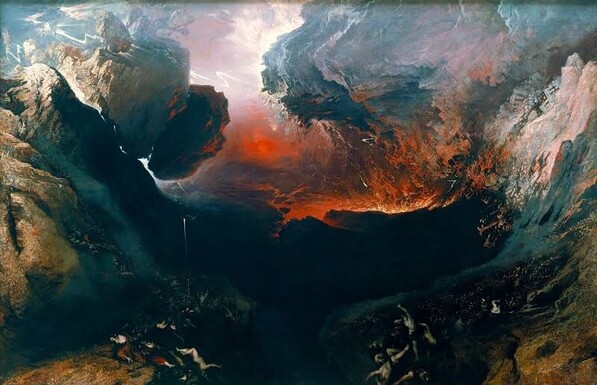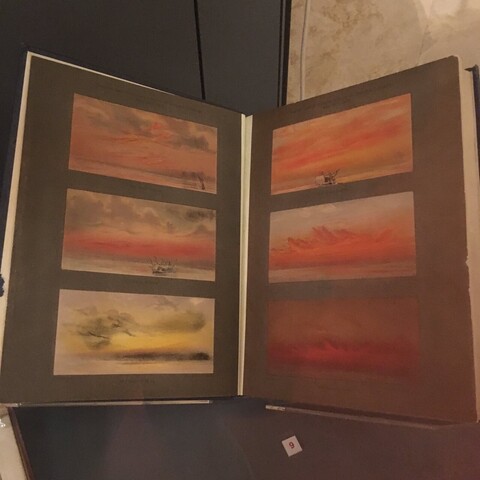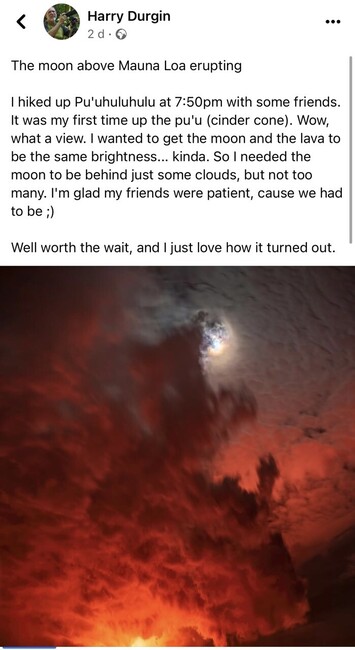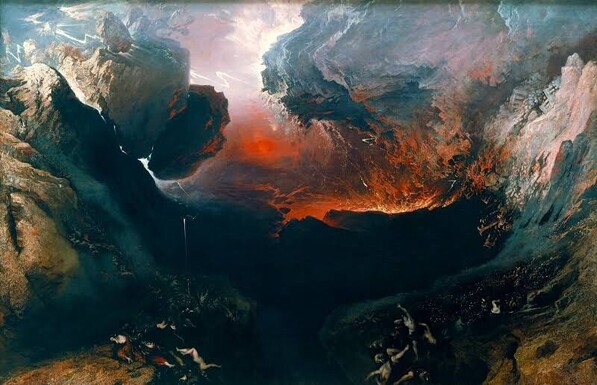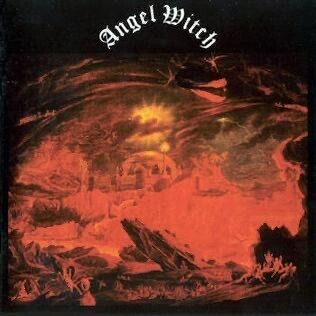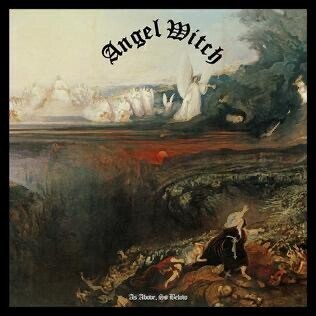Recent searches
Search options
These astonishing photos of this week’s Hawaiian volcano Mauna Loa by Harry Durgin are strikingly like one of 19thC British Romantic painter John Martin’s apocalyptic visions brought to life.
Just look at The Great Day of His Wrath (1851) & The Fallen Angels Entering Pandemonium (attrib? 1841).
But why so reminiscent? The detail in Martin’s piece is breathtaking. The Great Day of His Wrath is the size of a wall. But zoom in, & you see the minute detail of the figures; the edges & shadows on each small fragment of burning stone & collapsing masonry; the moment caught. It’s fast-shutter reportage photography before such a thing existed.
That, to me, is the key. On the cusp of photography, at the death of God, Martin was making apocalypse photorealistic.
And on Martin’s rocks & masonry. People see #Darwin’s ‘Origin of Species’ as the deathblow to creationism. But the realism of Martin’s stone being wrought in ways both startlingly naturalistic (like that photo of #MaunaLoa & yet also biblical is part of the dialogue lit by Scottish geologist Charles Lyell’s ‘Principles of Geology: Being an Attempt to Explain the Former Changes of the Earth's Surface, by Reference to Causes Now in Operation’.
Geology was the one. From Lyell’s Principles of #Geology to palaeontologists like Mary Anning & Robert Owen, through Arnold’s Dover Beach in 1861, it was unsettlingly clear that the stones themselves were the book in which our fate was written.
And there, in the middle of it all, was John Martin. Obsessed with catching its detail just right. Why? Because he wasn’t painting a biblical scene at all. He was painting possible futures too. Like a pre-cog.
Then #Krakatoa blew up.
In August 1883, Krakatoa, a volcano island in the Indonesian archipelago, erupted. By October, the upper atmosphere was awash with minerals from the blast, and skies from Oslo and London to San Francisco became strange kaleidoscopes. The sunsets were particularly vivid, fountains of fire. And suddenly artists across the world sit out, evening after evening, and rush to record them before it got dark.
Martin’s painting was a prophecy alright.
One young artist, William Ascroft, sat out for months by Chelsea Bridge, painting hundreds of Krakatoa sunsets through 1883 and 1884. He knew he could never capture the movement, the scale ("I could only secure in a kind of chromatic shorthand the heart of the effect, as so much of the beauty of afterglow consisted in concentration") but kept trying, kept getting close. Five hundred of his paintings were turned over to the Science Museum.
#volcano #volcanology #maunaloa #painting #krakatoa
So John Martin - and if there is ever a painter & a painting that needs an episode of #DrWho, it’s this & it’s him - was obsessed with the detail, because he saw himself not painting some fantasy apocalypse; but obsessively & minutely capturing *the way things would be*.
He was Frank Black, in that short-lived spin-off from The X-Files called Millennium - a kind of precog #CSI.
He saw the future in the past.
That, not biblical stuff… *that* was prophecy.
Now look back. Again. Here’s Martin’s ‘The Great Day of His Wrath’ (1851-3). And then here’s Harry Durgin’s incredible shot of Mauna Loa from this week, 2023. On the scene. With a high-spec digital camera. A full 171 years later.
A final note. The Fallen Angels Entering Pandemonium was formerly attributed to John Martin. But look at the detail! (There isn’t as much, is there?) That’s one reason the attribution is now doubted.
It’s still amazing. I got to know it as the cover of the 1980 debut album by #nwobhm metal band #AngelWitch. It captured the sense of doom, isolation and exile just right.
They did a comeback in 2012, and used a John Martin painting there too - a bit of his 1845 triptych, ‘The Last Judgement’.
So I only heard of John Martin through a 1980 album I taped when I discovered it as a 13 year old on the mid-‘80s, and which didn’t actually feature a John Martin image at all in the end.
All of which is to say, don’t dis your kids’ utter absorption in their current gaming/music/fad. The bit you see is a tiny part. But to them, it’s a whole world of allusive trails they’ll be following to parts unknown. And it’ll pay them back down the line.
A bit like John Martin’s own work.
/ends



